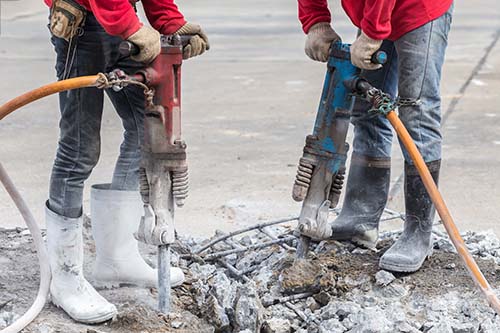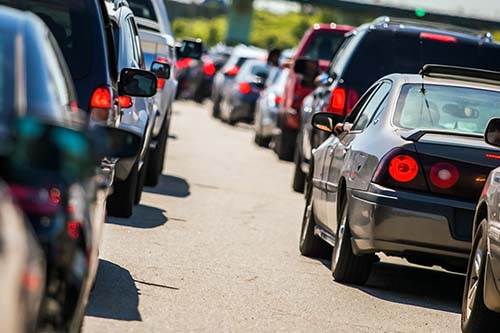February 28 | 2018
9am – 10am pacific | 12 noon – 1pm eastern

The rise of physical inactivity and associated chronic health conditions (e.g., diabetes, cardiovascular disease) are a national challenge for Canada, both in terms of costs to healthcare systems and human suffering. This burden has prompted interest improving the active living friendliness (e.g., walkability) of Canadian communities to support daily physical activity as a population-level health intervention.
While many datasets and studies offer local perspectives on the human, health and economic impact of active living environments, national-level data is sparse. This webinar will discuss the potential of national indices recently developed by CANUE members as well as challenges for their use to study associations with health outcomes.
Dr. Dan Fuller and Dr. Henry Luan
Drs. Fuller and Luan will discuss the highlights from the November 2017 Walkability Workshop and provide an update on directions and research plans for the CANUE Neighbourhood Factors team in 2018. They will provide an update of the upcoming Canadian urban sprawl and urban density measures being developed for CANUE. The presentation will focus on the development process and challenges with creating urban sprawl and density metrics.
Dr. Nancy Ross and Thomas Hermann
Introducing Can-ALE – the new Canadian Active Living Environment Index. Can-ALE is a recently released dataset of geographic-based active living friendliness measures for Canada. Hear about the work undertaken to produce the dataset, findings that may inform future data creation activities, and potential uses for research and policy.

Daniel Fuller is Canada Research Chair in Population Physical Activity in the School of Human Kinetics and Recreation at Memorial University. His research is focused on using wearable technologies to study physical activity, transportation interventions, and equity in urban spaces. He focuses his methodological work on methods for natural experiments, and machine learning.

Hui (Henry) Luan is a post-doctoral fellow in the School of Human Kinetics and Recreation at Memorial University. His research focuses on spatial and spatio-temporal modeling of health-related phenomena using Bayesian approaches. The main aim is to detect spatial and spatio-temporal clusters of these phenomena and identify risk factors that contribute to the geographical disparities.
 Nancy Ross is a Professor in the Department of Geography, associate member of the Department of Epidemiology and Biostatistics, the Institute for Health and Social Policy, and the School of Environment, Associate Vice-Principal of Research and Innovation at McGill University and is a Canada Research Chair. Her research interests include how social and built environments affect human health. She currently oversees a broad range of research, including studies which analyze the relationship between neighbourhood-level built design, food environments and health outcomes.
Nancy Ross is a Professor in the Department of Geography, associate member of the Department of Epidemiology and Biostatistics, the Institute for Health and Social Policy, and the School of Environment, Associate Vice-Principal of Research and Innovation at McGill University and is a Canada Research Chair. Her research interests include how social and built environments affect human health. She currently oversees a broad range of research, including studies which analyze the relationship between neighbourhood-level built design, food environments and health outcomes.
 Thomas Herrmann is a research assistant and recent graduate of McGill University (BA Geography). Over the past year, Thomas was involved with the creation of Can-ALE, a national database of GIS-derived measures of the active living friendliness of Canadian communities. Presently, his work centres on analyzing the relationship between characteristics of the built environment and population health through data linkage with national health surveys.
Thomas Herrmann is a research assistant and recent graduate of McGill University (BA Geography). Over the past year, Thomas was involved with the creation of Can-ALE, a national database of GIS-derived measures of the active living friendliness of Canadian communities. Presently, his work centres on analyzing the relationship between characteristics of the built environment and population health through data linkage with national health surveys.










